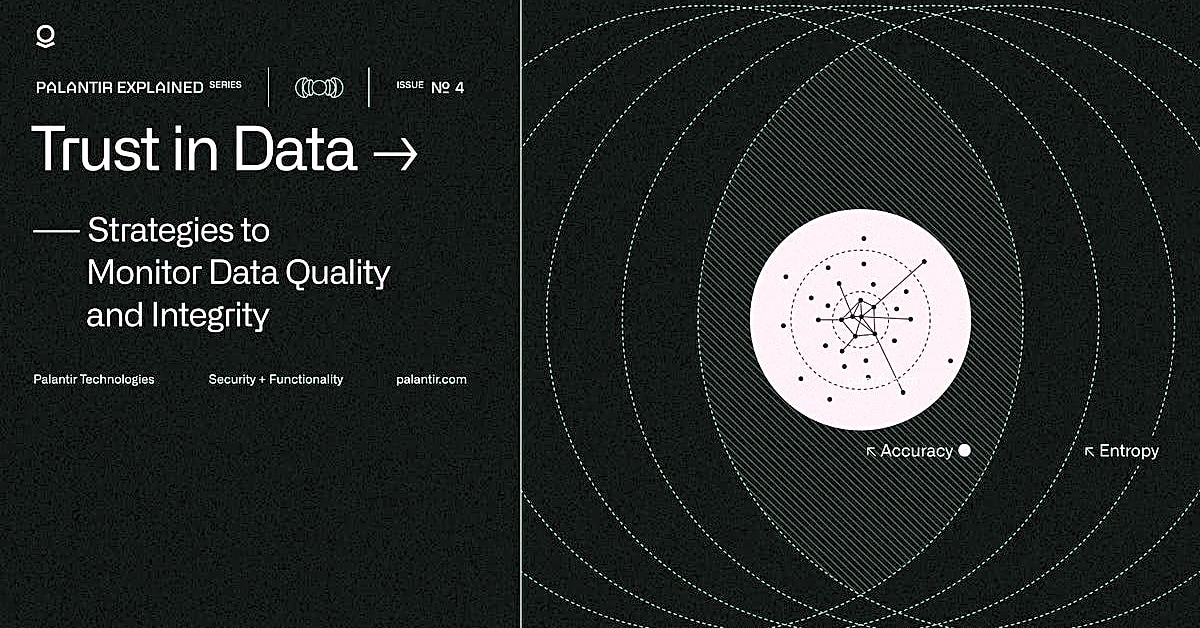Interpreting and Acting on Data in the Change Process
Welcome to our article on interpreting and acting on data in the change process. In today’s fast-paced business world, change is inevitable and necessary for growth. However, implementing change can be a daunting task, and without proper data analysis and interpretation, it can lead to ineffective and unsuccessful results. This is where our article comes in – we will provide you with valuable insights and tools for successfully navigating the change process by utilizing data analysis. So, whether you are a business owner, manager, or team member involved in the change implementation process, this article is a must-read. Get ready to learn how to interpret and act on data to drive successful change within your organization. Let’s dive in!
To start, let’s delve into the strategies for managing change. This involves creating a plan that outlines the steps needed to successfully implement the desired changes. As a leader, it is important to communicate clearly and regularly with your team to keep them informed and engaged throughout the process. Additionally, being flexible and open to feedback can help address any challenges that may arise during the change process.
One key strategy for managing change is effective communication. This not only involves keeping your team informed, but also actively listening to their concerns and addressing them. It is important to clearly communicate the reasons for the change, the expected outcomes, and how it will affect individuals within the organization.
Flexibility is also crucial in managing change. As plans may need to be adjusted or revised during the process, being open to change and adapting accordingly can help ensure a smoother transition. This may also involve being open to feedback and suggestions from team members, as they may have valuable insights and ideas.
Leadership techniques are also essential in successfully managing change. This includes setting a positive example, providing support and guidance to team members, and being transparent and honest about the change process. A strong leader can help motivate and inspire their team during times of uncertainty and change.
In addition to strategies for managing change, it is important to have the right tools for implementation and monitoring. This may include software for tracking progress, conducting surveys or data analysis, or utilizing project management tools. These tools can help streamline the change process and provide valuable insights for making informed decisions.
Understanding different models and processes of change management is also crucial for effectively interpreting and acting on data in the change process. This can include the ADKAR model, Kotter’s 8-Step Process, or Lewin’s Change Management Model. Each of these models offers a unique perspective and approach to managing change, and it is important to find the one that best fits your organization’s needs.
In conclusion, managing change is a complex and challenging process, but with the right strategies, tools, and leadership techniques, it can be navigated successfully. By creating a clear plan, communicating effectively, being flexible and open to feedback, and utilizing the appropriate tools and models, organizations can effectively interpret and act on data in the change process to drive positive outcomes and growth.
Effective Leadership Techniques
As a leader, it is important to have a strong set of techniques to guide your team through the change process. One key technique is effective communication. This involves clearly and regularly communicating the goals and objectives of the change, as well as addressing any concerns or questions from team members. Additionally, active listening is crucial in understanding the needs and perspectives of your team during this time of change.
Another important technique is leading by example. As a leader, your actions and attitude can greatly influence how your team responds to change. By demonstrating a positive and adaptable mindset, you can inspire and motivate your team to also embrace the changes.
Empathy is also an essential leadership technique in navigating through change. By putting yourself in your team’s shoes, you can better understand their reactions and concerns, and provide support and guidance accordingly.
Lastly, it is important for leaders to be adaptable and open to feedback. Change is an ongoing process, and being able to adjust and evolve your approach as needed is crucial for success. Encouraging feedback from your team can also help identify areas for improvement and ensure that everyone is on the same page.
Tools for Implementing and Monitoring Change
When it comes to successfully implementing change, having the right tools can make all the difference. These tools not only help track progress, but also ensure that the change process is carried out efficiently and effectively. In this section, we will discuss some of the most helpful tools for implementing and monitoring change.
Data Analysis Tools
Data analysis tools are essential for interpreting and acting on data in the change process. These tools can help identify patterns, trends, and potential roadblocks, allowing organizations to make data-driven decisions and adjustments as needed.
Project Management Software
Change implementation often involves multiple tasks and timelines that need to be closely monitored. Project management software can help keep track of progress, deadlines, and team collaboration, making it an invaluable tool for successful change management.
Communication Platforms
Effective communication is crucial for managing change within an organization. Communication platforms, such as team messaging apps or project management tools with built-in communication features, can facilitate transparent communication and keep all team members informed and aligned.
Understanding Change Management Models
Welcome to our article on interpreting and acting on data in the change process. Whether you are a leader or a member of an organization undergoing change, understanding how to effectively navigate and lead through these changes is crucial. In this article, we will cover strategies for managing change, leadership techniques, and tools for implementing and monitoring change.
Change management is a critical aspect of successfully implementing any kind of organizational change. It involves developing and implementing processes and strategies to help individuals and teams adapt to changes in the workplace. By exploring different models and processes of change management, organizations can find the best approach that suits their specific needs and goals.
One popular model of change management is the Lewin’s Change Management Model, which consists of three stages: unfreeze, transition, and refreeze. This model emphasizes the importance of preparing for change, navigating through it, and then solidifying the change to make it permanent. Other models include Kotter’s 8-Step Process for Leading Change, Prosci’s ADKAR Model, and the Satir Change Management Model. Each of these models offers a unique perspective on managing change and can be tailored to fit different organizational cultures and contexts.
It’s essential for organizations to carefully consider which model or combination of models will work best for their specific needs. By understanding and utilizing different change management models, organizations can effectively navigate through changes and achieve their desired outcomes. So, take the time to explore and find the right approach for your organization, as it can make all the difference in successfully implementing change.In conclusion, navigating organizational change requires effective strategies, strong leadership, and data analysis tools. By understanding the different models and processes of change management, you can better adapt to and lead through changes in your organization. Remember to communicate openly, be flexible, and utilize helpful tools to ensure a smooth and successful change process.


